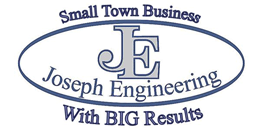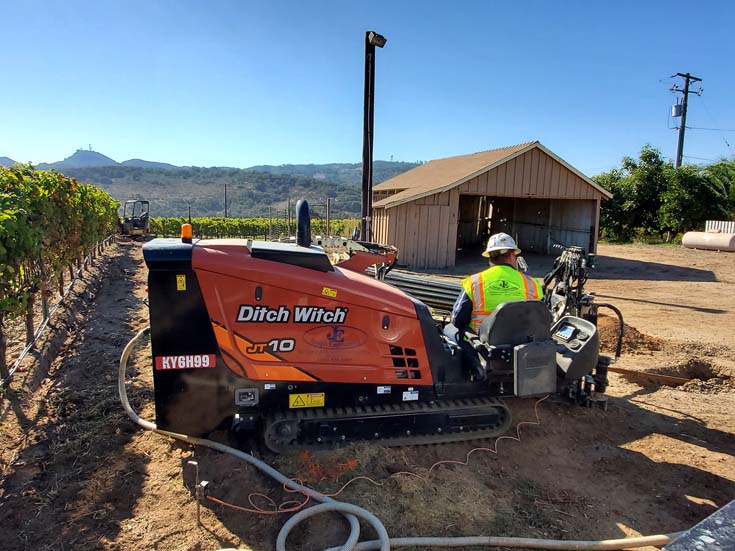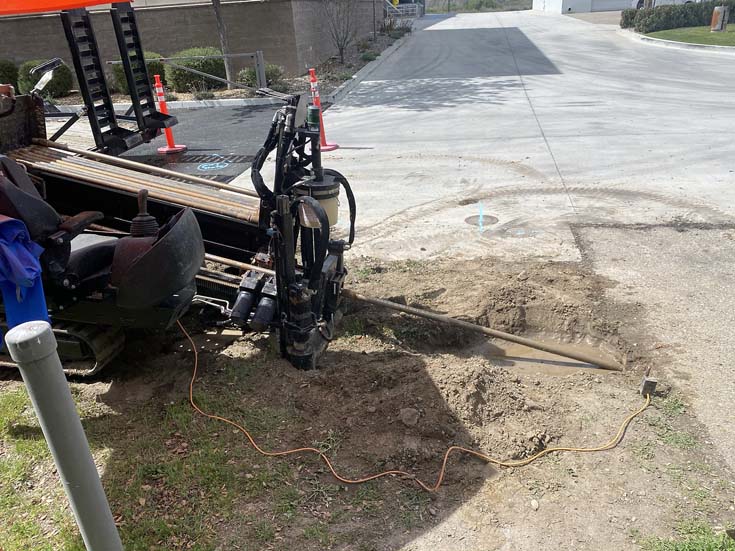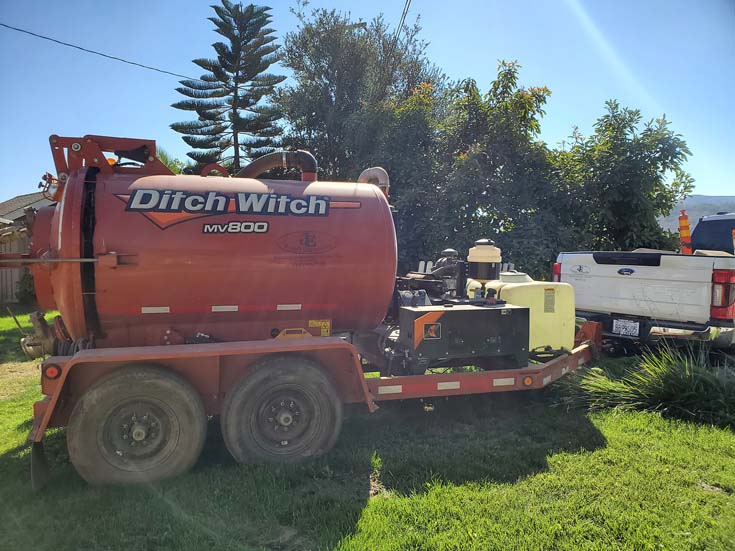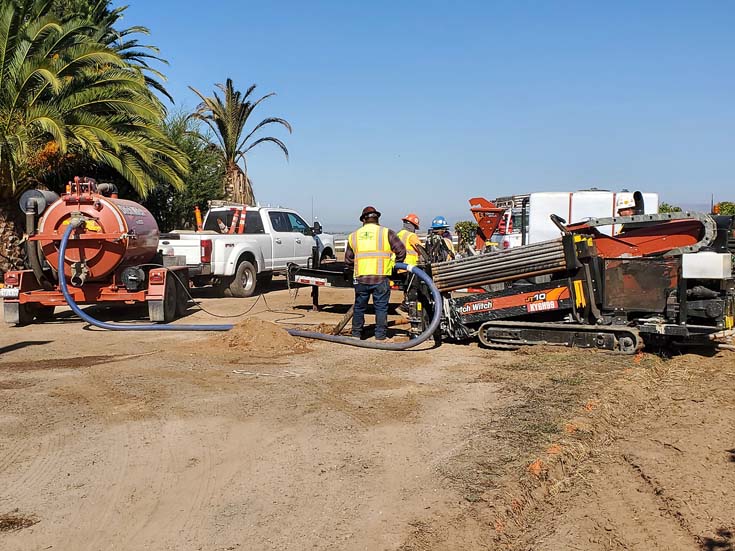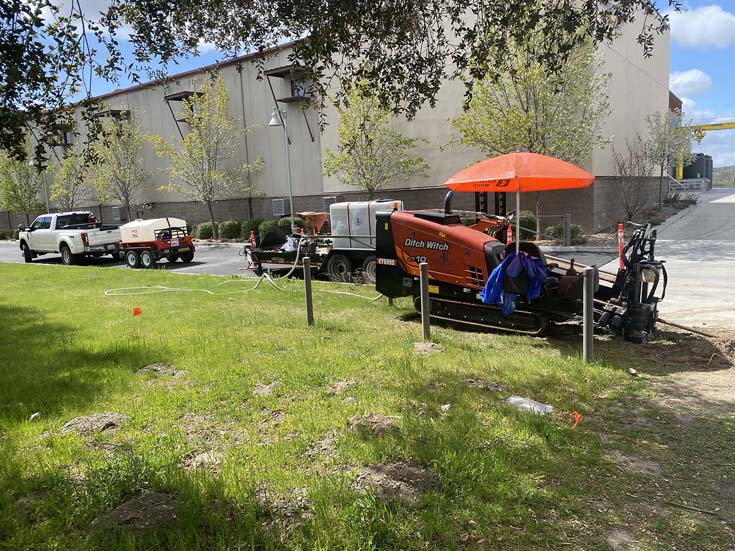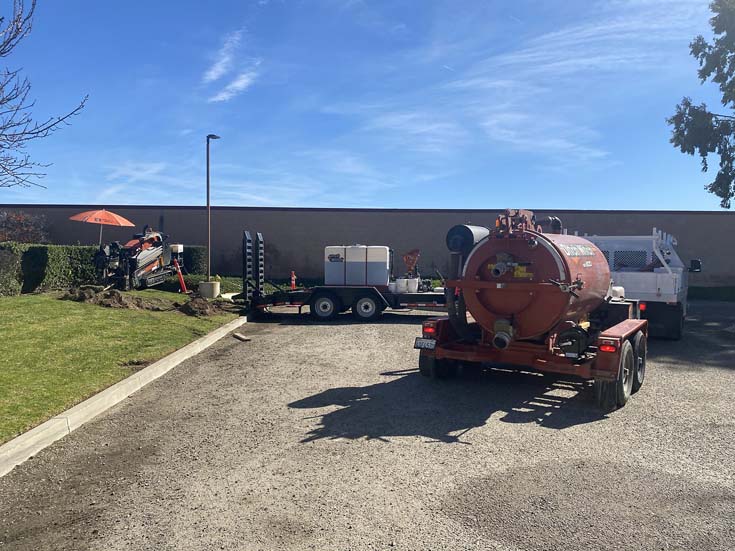Horizontal Directional Drilling and Trenchless Technology
This groundbreaking technology for subsurface construction protects the ecosystem and adjacent areas by creating minimum surface disruptions. That also reflects on a minimal disturbance to source traffic, business, and other commercial activities. So, while it lessens the economic impact on external activities, it also costs less than digging full-length trenches when there are extensive surface improvements, and if that is not enough benefit, trench-less excavation creates a safer work environment for the workers controlling the process from the surface. No doubt it is a rapidly growing sector of the construction and civil engineering industry, and one that Joseph Engineering is proud to offer.
The Horizontal Directional Drilling (HDD)
Horizontal Directional Drilling (HDD) is a trench-less method also referred to as Directional Boring. At Joseph Engineering we use it to install various types and sizes of underground utilities such as water pipe, electrical conduit, or conduit for communication (telephone, television, internet) cables, especially in places where minimal surface disturbance is required or where there might be a variety of soil conditions including clay, silt, sand, and rock, materials usually unfit for other excavation methods. This machinery has changed the way the industry does boring. Our HDD is the shortest drill in its class, giving it the ability to easily maneuver into job sites, large or small. It also reduces excavation and shoring costs, and a technician above ground can safely steer the drill head and make sudden adjustments around existing utilities, making it a safer operation than open trench.
The steps for using HDD are simple. First, create a pilot hole that defines the pipe alignment. Second, the bore created is enlarged to a diameter that will facilitate the installation of the desired pipeline. Lastly, the pipeline is pulled into the enlarged hole, thus creating a continuous segment of pipe underground and exposed only at the two initial endpoints.
Moling
Moling is one of the simplest trench-less methods for installling underground utlities. Joseph Engineering performs this method efficiently mainly on small-scale installations. First, a relatively small start and destination potholes are dug of about 18 inches wide and 6 feet long. A pneumatic Piercing Tool (Mole) is placed at the starting hole, and it forces its way through the soil along a desired path for the pipe. No type of soil is too tough for the mole, its pneumatic cylinder, with pulsed compressed air, will cause the head of the mole to repeatedly hammer against the soil, breaking through hard materials to stay on course, creating a horizontal hole from start to the destination where the pipe will be placed. Once the mole finishes the excavation, it will emerge from the destination hole.

Hydro Excavation
Hydro Excavation is a non-destructive method of using highly pressurized water and an air vacuum to dig and remove soil in a controlled manner. This excavation system eliminates static electricity, and safely brings up the soil and transfers it to the debris tank, which makes it a great solution to move materials without damaging existing utilities, that is why at Joseph Engineering we use it to excavate and expose utilities to ensure the location. Among other benefits of hydro excavation is that it reduces the costs that come with manual or mechanical excavation, while preventing safety and service issues that come with potentially breaking a pipe.
